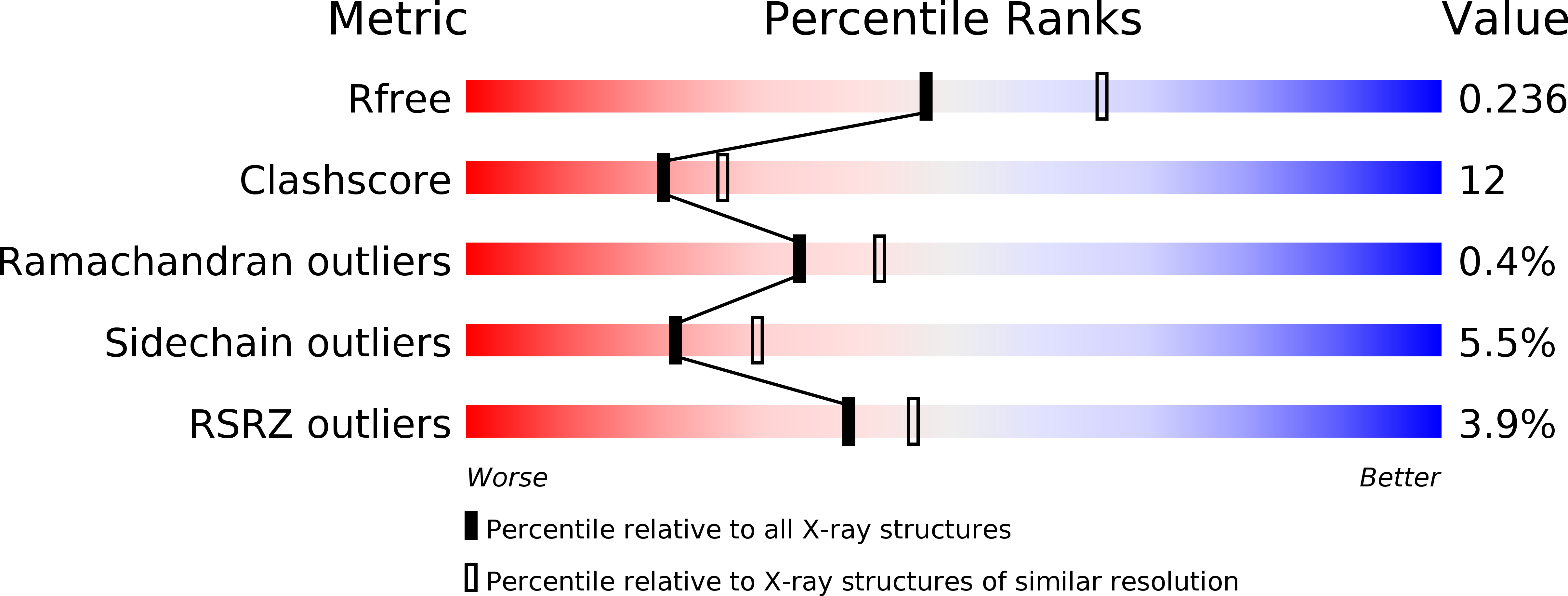
Deposition Date
2002-11-09
Release Date
2003-02-04
Last Version Date
2024-03-13
Method Details:
Experimental Method:
Resolution:
2.30 Å
R-Value Free:
0.24
R-Value Work:
0.20
R-Value Observed:
0.20
Space Group:
P 41 21 2


